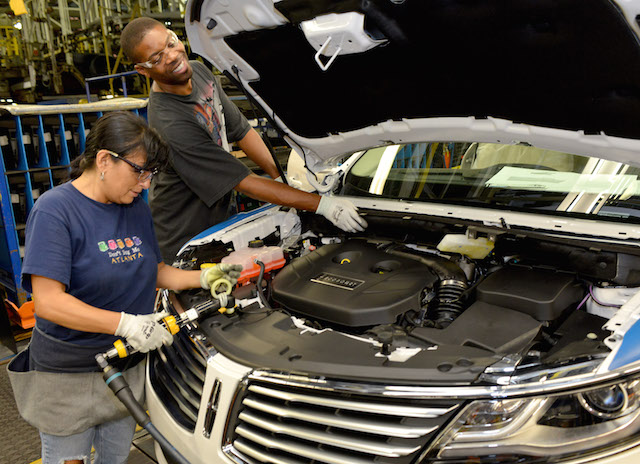One of the companies that defined the desktop computing revolution in the 1990s was Autodesk.
The company’s AutoCAD program bought Computer Aided Design to the masses and probably was the single main reason for the extinction of the drawing board in design offices.
In the post-PC world Autodesk itself is having to deal with a dramatically changed market as software moves onto the cloud, workplaces become more collaborative and the computing world becomes based upon mobile devices rather than static desktop computers.
As Autodesk’s Asia Pacific Senior Vice President, Pat Williams, described at the Autodesk University Extension in Sydney today there are three major disruptions happening to industry in general; to production, consumption and connections.
Disrupting design
“Technology and expectations are empowering users and disrupting how things are made,” Williams told the audience as he demonstrated Autodesk’s range of design, simulation and rendering tools that the company hopes will keep it ahead of a rapidly changing marketplace.
“How we make things and bring them to market is changing,” says Williams. “We simply don’t design, manufacture or even imagine the as-built environment as we have in the past.”
“The other thing that’s changing is how we connect and share ideas, which changes the way we create. No longer is the lone designer a reality we can live with any more.”
Along with connections between workers changing production and consumers sharing their experiences creating new consumption patterns, Williams also sees the connectivity between devices and materials as changing the way things are designed and manufactured.
“The way things connect with each other interconnect and relate is deeper than ever before. It’s getting easier to create complex systems that talk to each other and the design and physical use depends upon their interconnectivity.”
Williams echoes the ideas of designer Gadi Amit and materials engineer Skylar Tibbits on how smart materials are going to change manufacturing and design.
3D printing drives change
One of the big drivers of change in the design industry is 3D printing that allows both more complex components to be manufactured and will change some industries — most notably the construction industry as bricklaying, concrete pouring and formwork can be done by large scale printing.
Given the influence of the 3D printing, it’s not surprising that Autodesk have launched a hundred million dollar investment fund to help startups leverage the new technologies.
As one of the companies that benefited from the desktop PC revolution, Autodesk are finding themselves having to adapt to a very different marketplace. Their cloud based products will need to be nimble to succeed to in a very demanding and volatile marketplace.
Similar posts:



